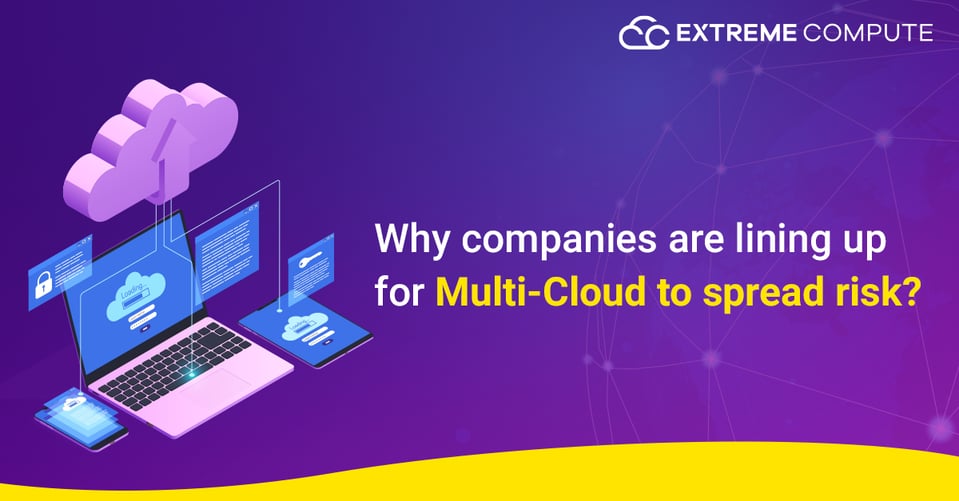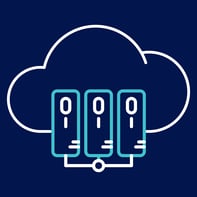
Although organizations have been moving toward a multi-cloud operating model for some time, the epidemic has hastened the trend and pushed fresh conversations about transformative cloud strategy. Several businesses are currently experiencing tangible benefits in terms of continuity, resiliency, management efficiency, and security. The use of cloud computing has been questioned in a variety of businesses. There is fear that focusing on a single cloud provider's resources may leave them vulnerable if the cloud provider experiences a big outage or disappears for other reasons. Or, more likely, raises prices to unacceptably high levels or imposes harsh terms.
 There is also concern that regulators will be unable to access data from some public cloud providers, many of whom are based in other countries. The buildup of computing and storage resources on platforms that the corporations do not own and operate may provide an unacceptable risk to customers, creditors, and other stakeholders. These dangers come in a variety of shapes and sizes.
There is also concern that regulators will be unable to access data from some public cloud providers, many of whom are based in other countries. The buildup of computing and storage resources on platforms that the corporations do not own and operate may provide an unacceptable risk to customers, creditors, and other stakeholders. These dangers come in a variety of shapes and sizes.
What's the Real Risk?
The risk of lock-in with the supplier in terms of outages, price gouging, or even going out of business would not be a concern if a client told that they were going with a single public cloud provider. It would be more about restricting themselves to solutions provided in a single cloud provider's offerings. In other words, not being able to harness the best solutions across cloud providers, resulting in an architecture that is under-optimized. The question here isn't about coming up with the greatest and most optimal solutions, but about sharing the risk by deploying two or more public clouds. Although less crucial than finding the greatest technology to tackle problems, there is still something to investigate. Multicloud has a lot of utility in terms of disaster recovery.
Many forward-thinking businesses have used one Cloud Provider as the primary system host and another as a backup. This means that the system can failover from one provider to another for the same application and data, often without the end-users even realizing that the back-end cloud provider has been switched out automatically. This is a strategy to catastrophe recovery that is both proactive and reactive.
Benefit of Alternatives
You are accurate if you believe active-active is costly to design, deploy, and operate. Using a single cloud provider to deliver the identical application and data will cost twice as much. This is why we don't see many of these kinds of multicloud methods, although they do exist. The importance of having options is much more significant. Rather than relying on a single public cloud provider, multicloud allows you to choose from three to five public cloud providers to discover the best-of-breed technology. More options lead to lower systemic risk, which is a secondary benefit and consideration, but it is still a benefit of multicloud.
Those using multicloud should establish playbooks that outline how apps and data can be transferred to another cloud provider inside the same multicloud deployment, either in response to unreasonable price hikes, excessive outages, or a business-related concern. This necessitates having people who are familiar with each cloud provider and can leverage current in-house resources to complete the transition quickly. If you're not employing a multicloud deployment, leveraging a new public cloud alternative within a multicloud deployment could take weeks or even months. If you already have a multicloud setup, the administrative, security, and governance layers will be in place, making switching between clouds a breeze.
A clear multicloud benefit is not placing the majority of your business applications on a single cloud. This could be one of the reasons why businesses choose multicloud: to reduce risk. Know more on how you can mitigate your risks with business continuity planning.